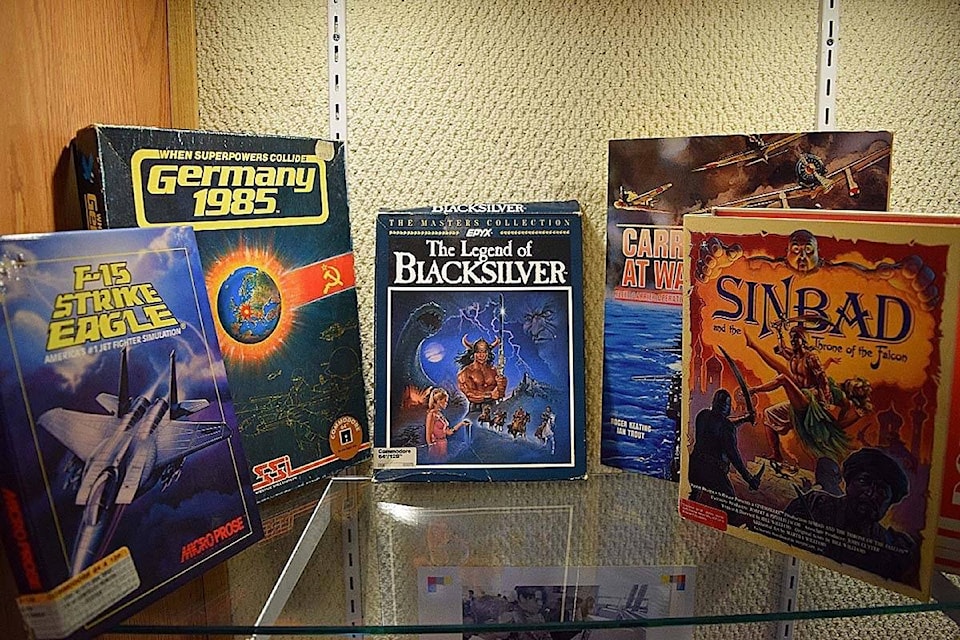As summer winds down and the kids head back to school, we would like to reflect on a cultural pastime that many of us likely participated in at some point this summer – video games.
In honour of our new exhibit, “20th Century Gamer: 50 Years of Innovation and Technology in Gaming,” we consider the history of computer and video gaming and the controversy that has surrounded it from the beginning.
While the debate about violence and adult themes in video games is ongoing, we can reflect on the history of that debate.
Even before video games, pinball parlours – the first arcades – were governed by anti-gambling laws throughout North America. The first pinball tables were simple machines where the player would simply pull a spring and launch a steel ball to see where on the board it went.
It was not until 1947 that flappers were added, making the game one of chance and skill, which took it out of the realm of gambling.
Controversy soon moved to video games, with the first Pong games available to the public beginning in the early 1970s. Those early debates centered on the health of staring at the TV for hours on end, and spending too much time indoors, a debate that had begun with the growing popularity of televisions in the ’60s.
Despite the new availability of home video game consoles, they were expensive machines, making the local arcade the best place to affordably play the newest and coolest games.
The popularity of arcades skyrocketed as companies produced games exclusively for arcade machines throughout the 1970s and ’80s. The growth of arcades, and the fact that the primary audience was children and teens, prompted lawmakers to limit how close an arcade could be to schools.
The main argument was that arcades were so addictive they resulted in severe truancy. Some cities passed laws restricting arcades from opening during school hours, laws that are still in effect in some places today.
When the “first-person shooter” game was created in the mid ’80s, the debate about violence in children’s media began in earnest. This debate was carried over from concerns about violence in comic strips, which had been protested by child welfare groups since the 1940s.
Despite growing criticisms and controversy, first-person shooter games, mostly war-themed, quickly caught on and eventually expanded to the ever growing home video game console market.
As graphics got better and home consoles became more powerful, the debate has only continued.
If you want to learn more about the history of video games and their development, come visit the new exhibit now open at the Maple Ridge Museum, on until March 2019.
Shea Henry is
curator of the Maple Ridge Museum.
